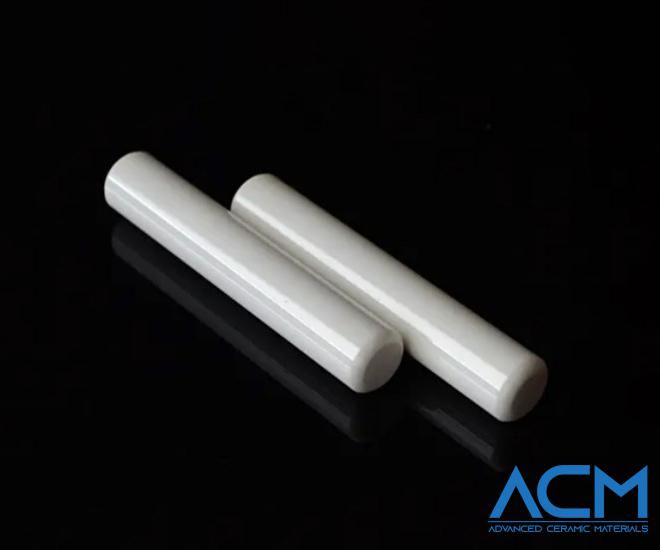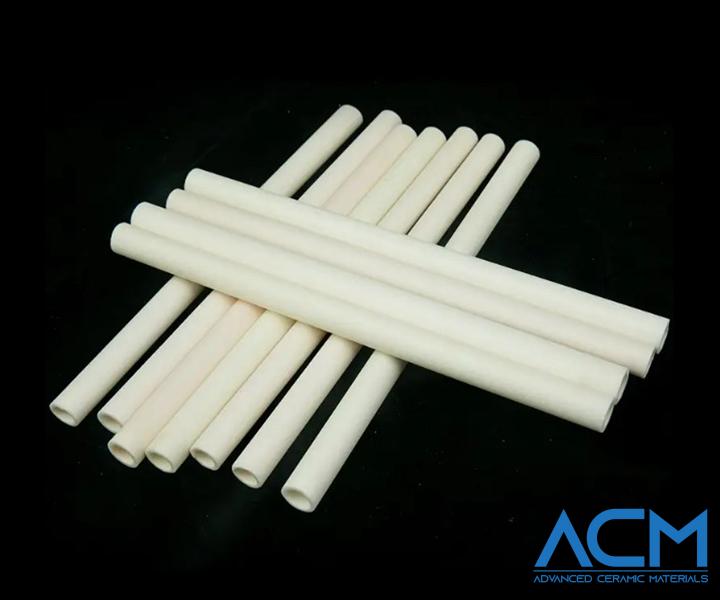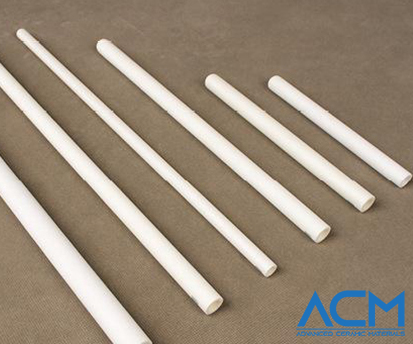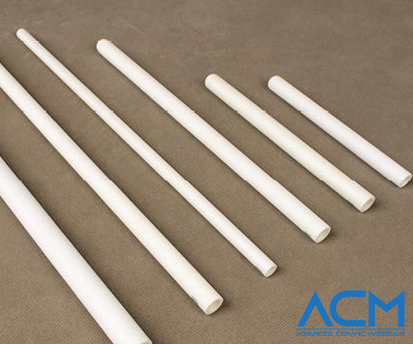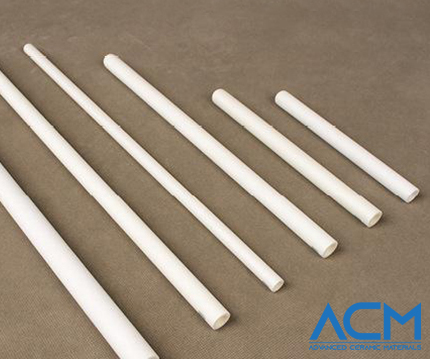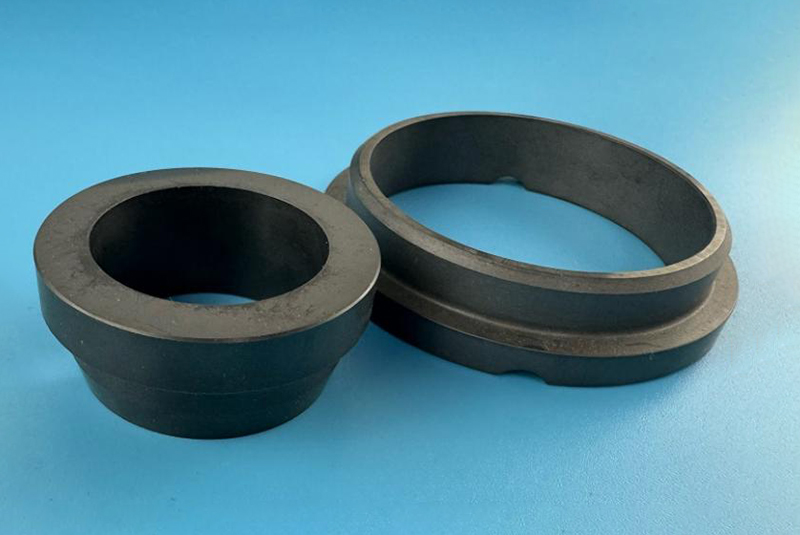Case Study: Replacing Alumina Tubes with Mg-Stabilized Zirconia to Meet 1850°C Demands
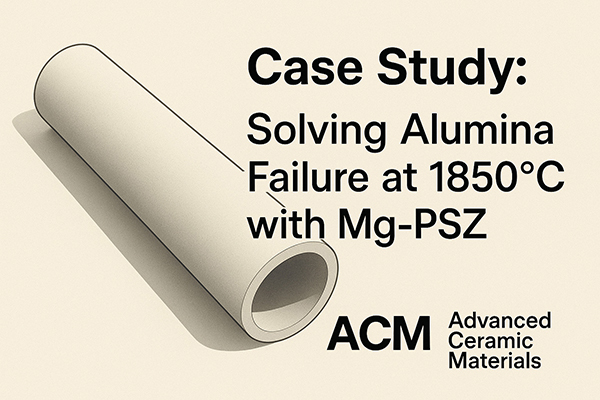
Introduction
At Advanced Ceramic Materials (ACM), our purpose is to provide high-performance ceramic material solutions for our customers. This case study describes how we assisted our client, Mr. Anderson, in overcoming the temperature limitations of alumina tubes at 1850°C. By recommending magnesium-stabilized zirconia (Mg-PSZ) tubes, ACM successfully upgraded the material, enabling a more stable process that meets his extremely stringent performance requirements.
Background
The client had initially purchased 99.5% high-purity alumina tubes with an outer size of 160mm, an inner size of 150mm, and a length of 580mm for application in high-temperature heating equipment. The objective was to maintain continuous operation at 1850°C temperatures. However, we found a dilemma here: alumina has only a long-term temperature resistance of around 1700°C, which would be insufficient to meet the high-temperature stability and safety needs of his process.
Material Evaluation and Recommendations
ACM's engineering team undertook a thorough analysis of the client's process conditions and material performance. From the probe, it was found that alumina tubing could not sustainably operate in the desired temperature range and was susceptible to failure under thermal shock at 1850°C. Based on these findings, we recommended alternative material options:
| Material | Advantages | Disadvantages |
|---|---|---|
| Alumina (Original Choice) | Lower cost, well-established manufacturing process | Inadequate for temperatures above 1700°C, poor thermal shock resistance, prone to failure |
| Magnesium-Stabilized Zirconia (Mg-PSZ) | Can withstand temperatures up to 1850°C and higher, excellent thermal shock resistance, high mechanical strength | Higher cost, complex processing |
| Other Stabilized Zirconia Systems | Similar performance to Mg-PSZ, cost and performance vary | Needs to be chosen based on specific operating conditions |
After weighing the performance requirements and cost considerations, the client accepted our recommendation to use magnesium-stabilized zirconia (Mg-PSZ) tubing. As well as fulfilling the thermal shock and high-temperature needs, this material had the additional advantage of increasing the safety and lifespan of the equipment.
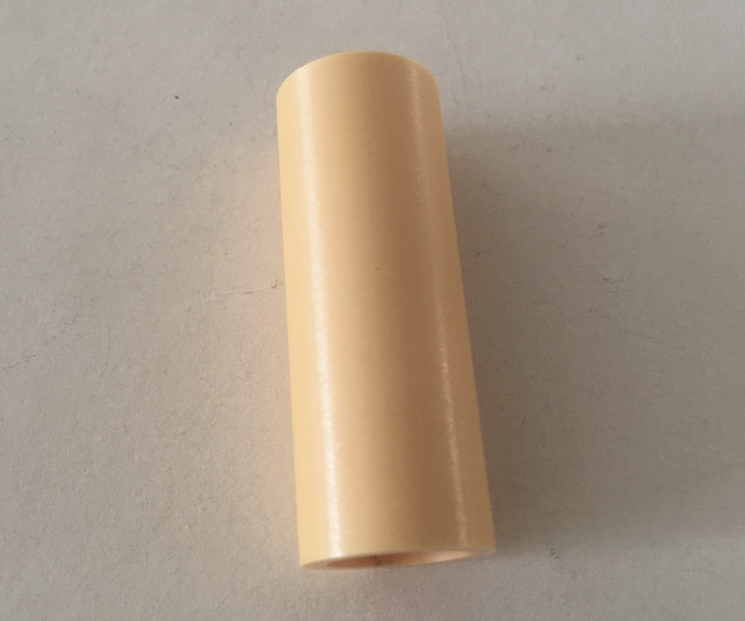
Solution Implementation
ACM Senior Engineer Lisa Ross stated, "After carefully analyzing the client's process parameters, temperature ramp rates, and the chemical composition of the working environment, we confirmed that magnesium-stabilized zirconia tubing offered substantial advantages in thermal shock resistance and high-temperature stability. This material not only met his rigorous demands for operating at 1850°C but also reduced the need for frequent maintenance, enhancing the overall reliability and safety of the process."
Client Feedback
Mr. Anderson shared, "We are grateful for ACM's professional guidance and technical support. The magnesium-stabilized zirconia tubing completely met our high-temperature process needs, significantly improving the safety and stability of our equipment."
Conclusion
This case study underscores the importance of material selection in high-temperature process safety. ACM's expertise in material solutions and custom-tailored approaches helped the client successfully upgrade to magnesium-stabilized zirconia tubing, ensuring reliable operation at extreme temperatures.
{{item.content}}
LEVE A REPLY
{{item.children[0].content}}
{{item.content}}
LEAVE A REPLY
SUBSCRIBE OUR NEWSLETTER
- Boron Nitride in Cosmetics: Enhancing Performance and Sensory Appeal
- Maximize MOCVD Yield and Purity with Hexagonal Boron Nitride Setters
- What Are the Advantages and Uses of Boron Nitride Ceramic Sheet?
- The Compression Annealing Advantage for Pyrolytic Boron Nitride
- Beyond Insulation: The Surprising Spectrum of Ceramic Thermal Conductivity









